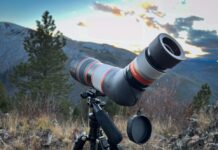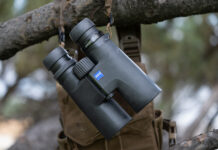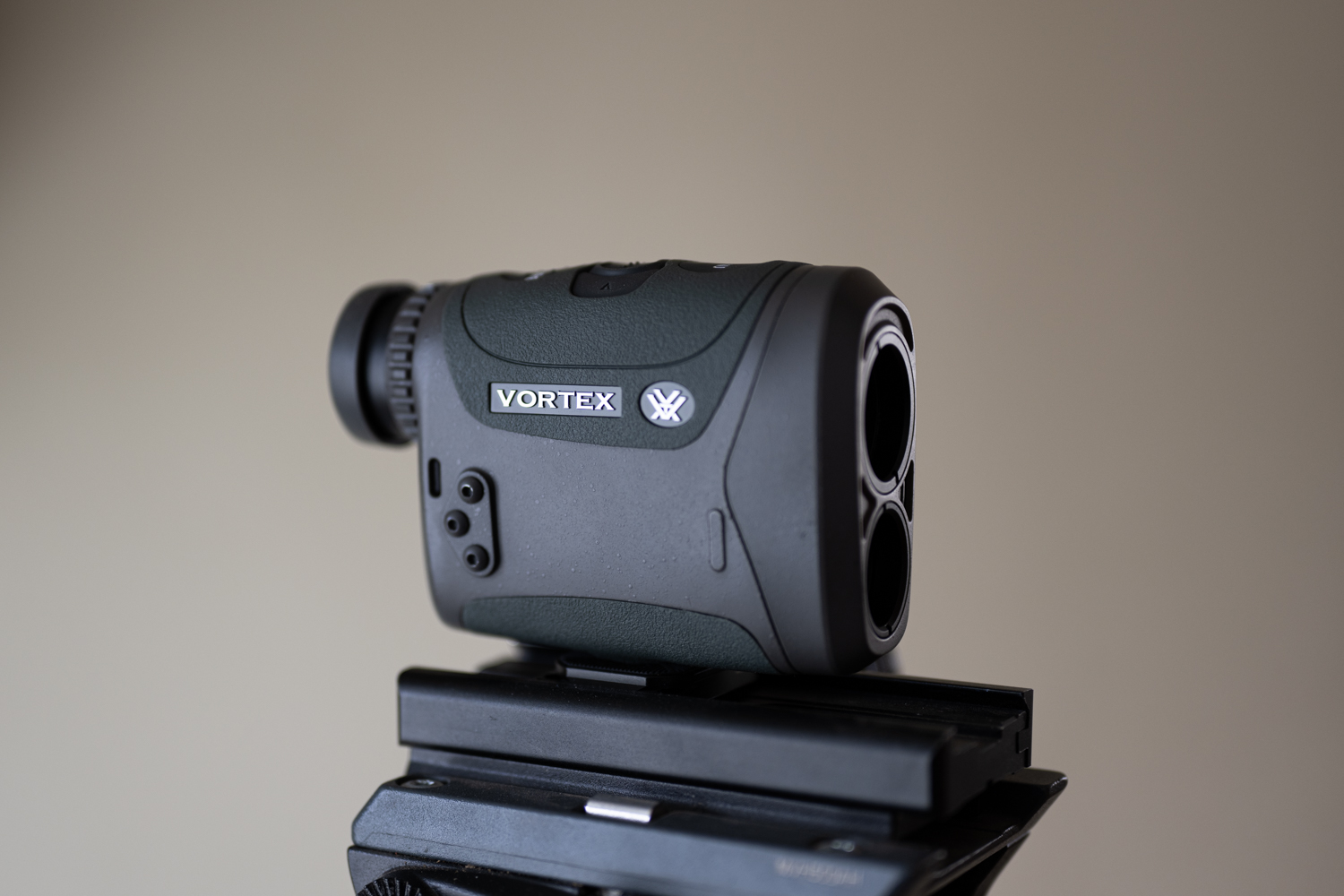
During a winter visit to Vortex’s new and expansive campus in Barneveld, Wisconsin, I was fortunate to get a look at a neat new upcoming tool for hunters, the Vortex Razor HD 4000 GB rangefinder. After a quick peak at the prototype, I was encouraged by what looked like a step up in optical performance and a list of functions that was… extensive. I wasn’t familiar with the Geoballistics brand of ballistics computation, but looked forward to putting it to use.
Vortex Razor HD 4000 GB
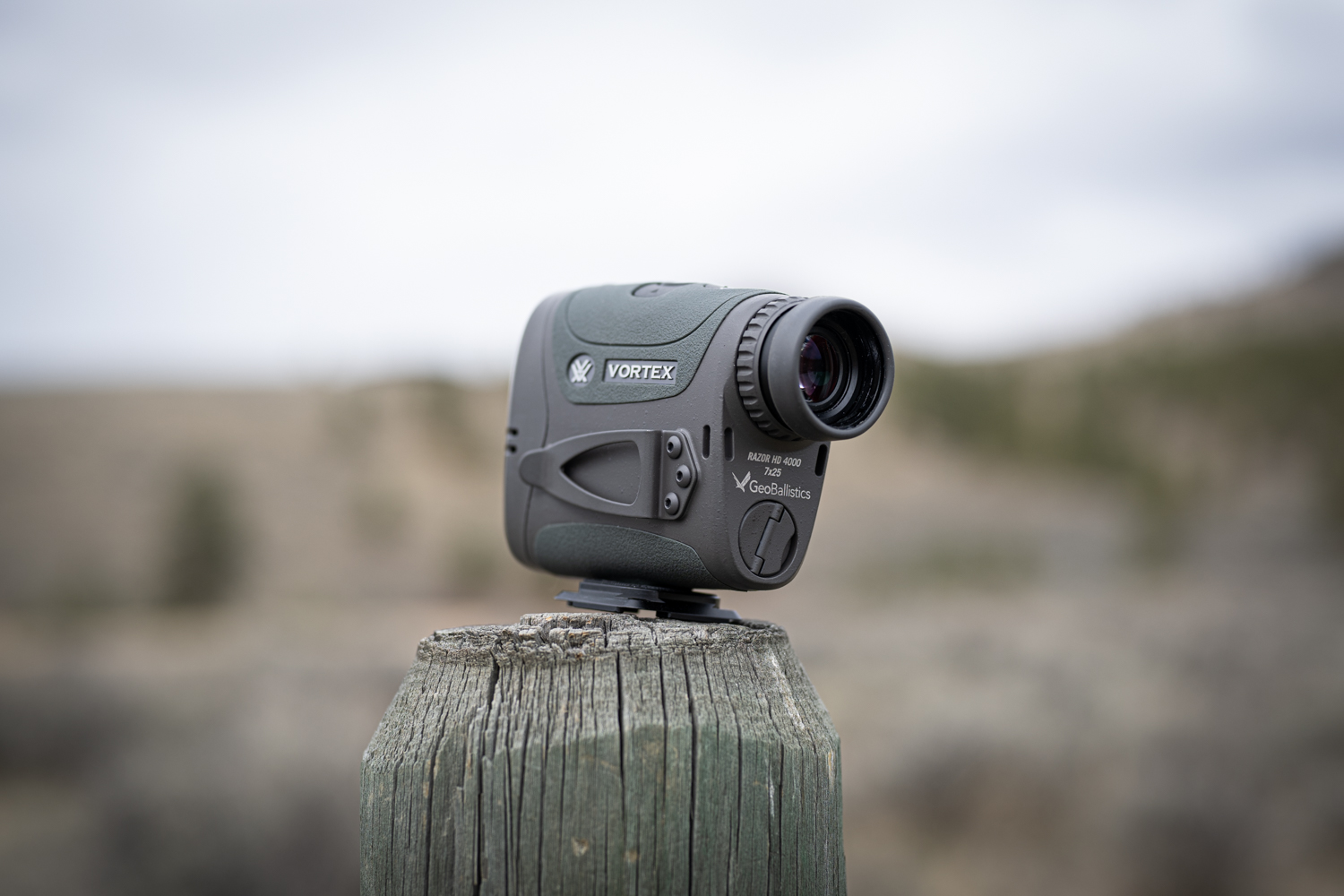
A few months later a test unit arrived, and I could really get down to the business of seeing if this potential was being realized in the woods. Click here to learn more.
Build Quality
The Razor HD 4000 GB is a fully featured consumer rangefinder with built-in environmental instrumentation and ballistic computation. It has a 7×25 monocular optical system. The metal housing has partial rubber armoring at frequently-touched locations. The Razor 4000 GB hasn’t changed much externally from the prior Razor 4000 rangefinder. Also included is a reversible belt clip and the hex wrench needed to swap sides.

One thing that did change from the previous rangefinder was the addition of the three wind buttons between the Range and Mode buttons (More on that later).
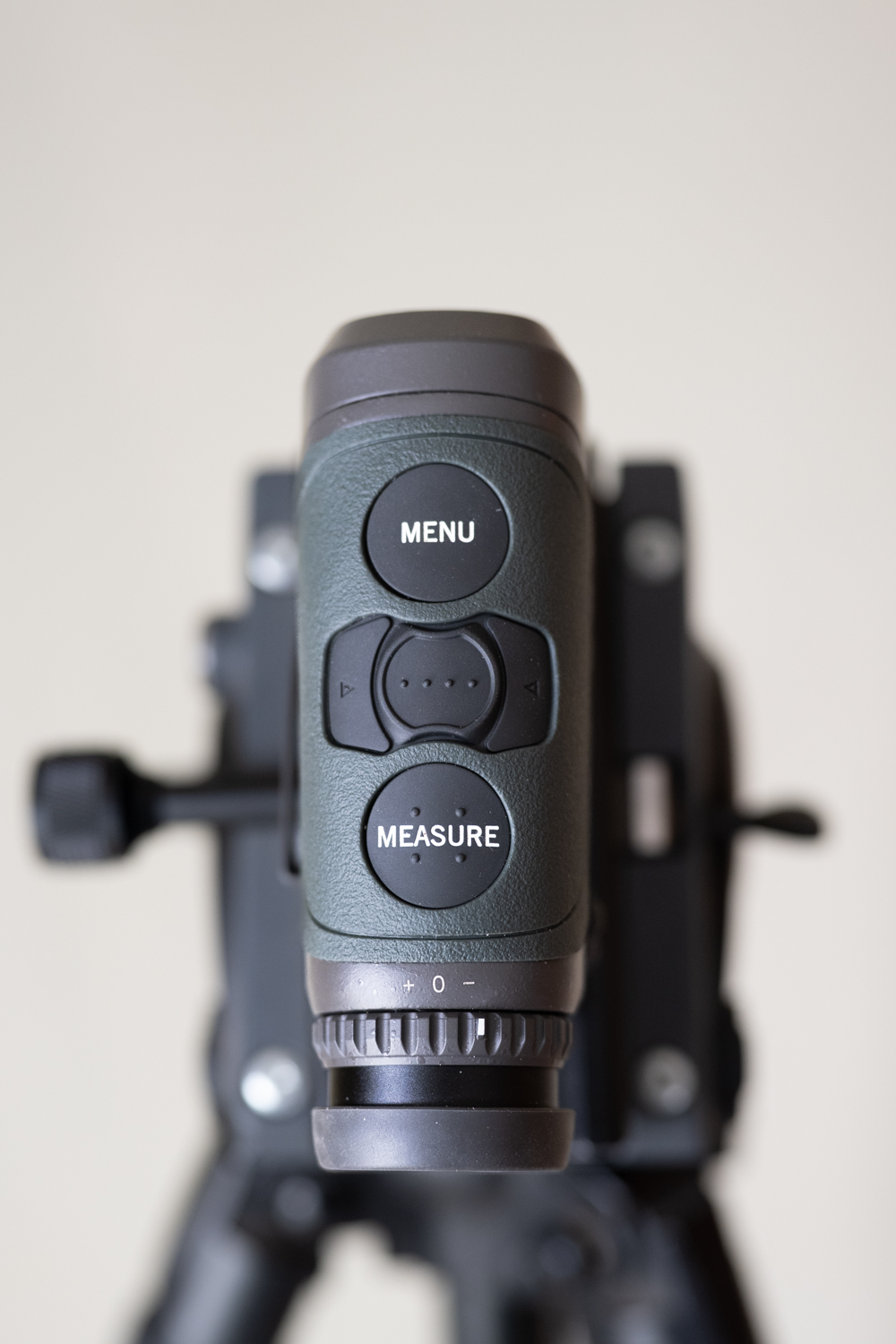
The 4000 GB comes equipped with a 1/4-20 socket making tripod adaptation simple.

The 4000 GB gets power from a standard CR-2 Lithium battery.

Compared to my old Leica 1600-B rangefinder, the Razor 4000 GB isn’t much longer or taller but is a bit thicker.

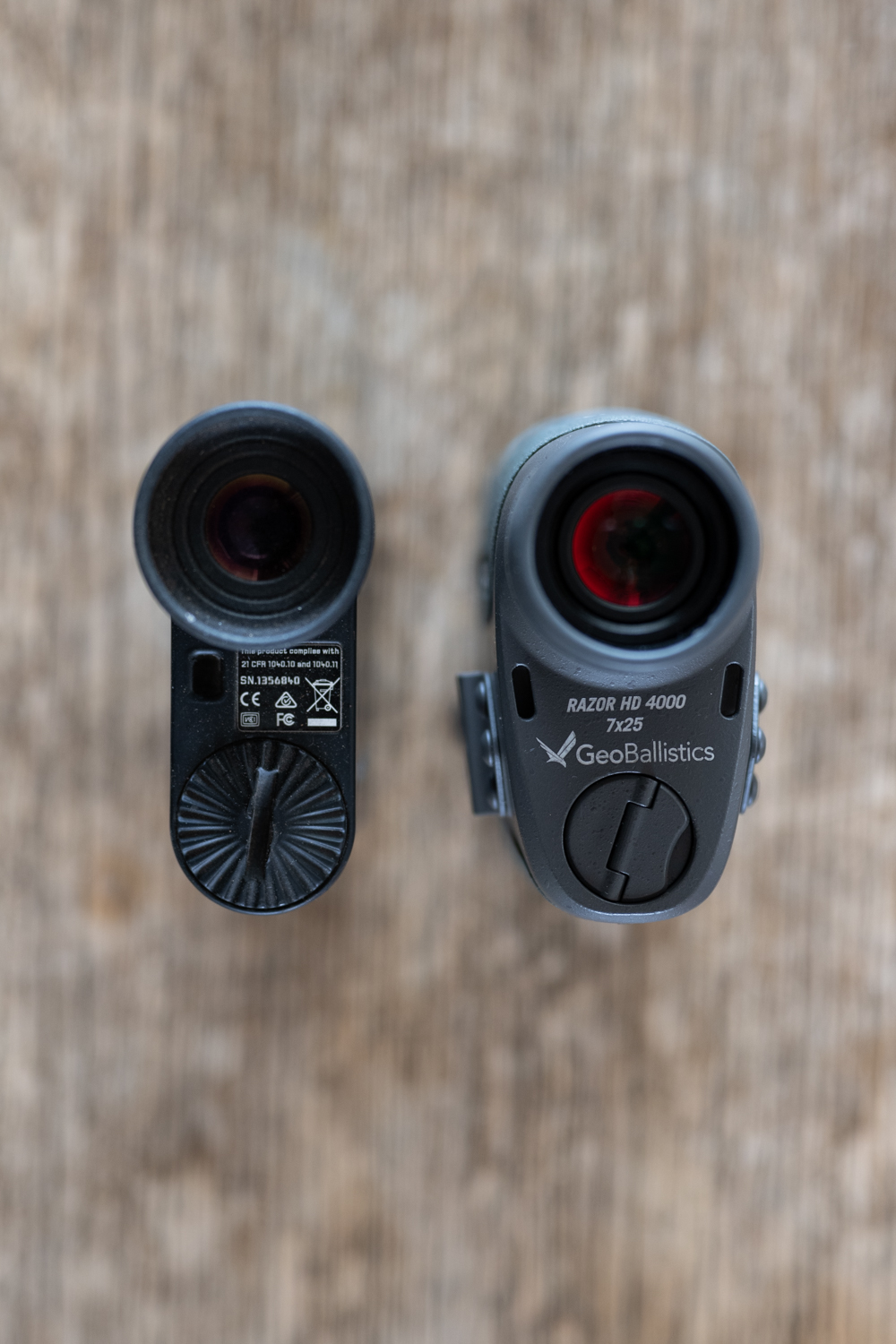
When it comes to weight, the 4000 GB comes in at 10.23 ounces, while the Leica 1600B is just 6.55 ounces. I speculate the weight difference is likely due to the sophisticated environmental sensors, compass, and computer in the Vortex.
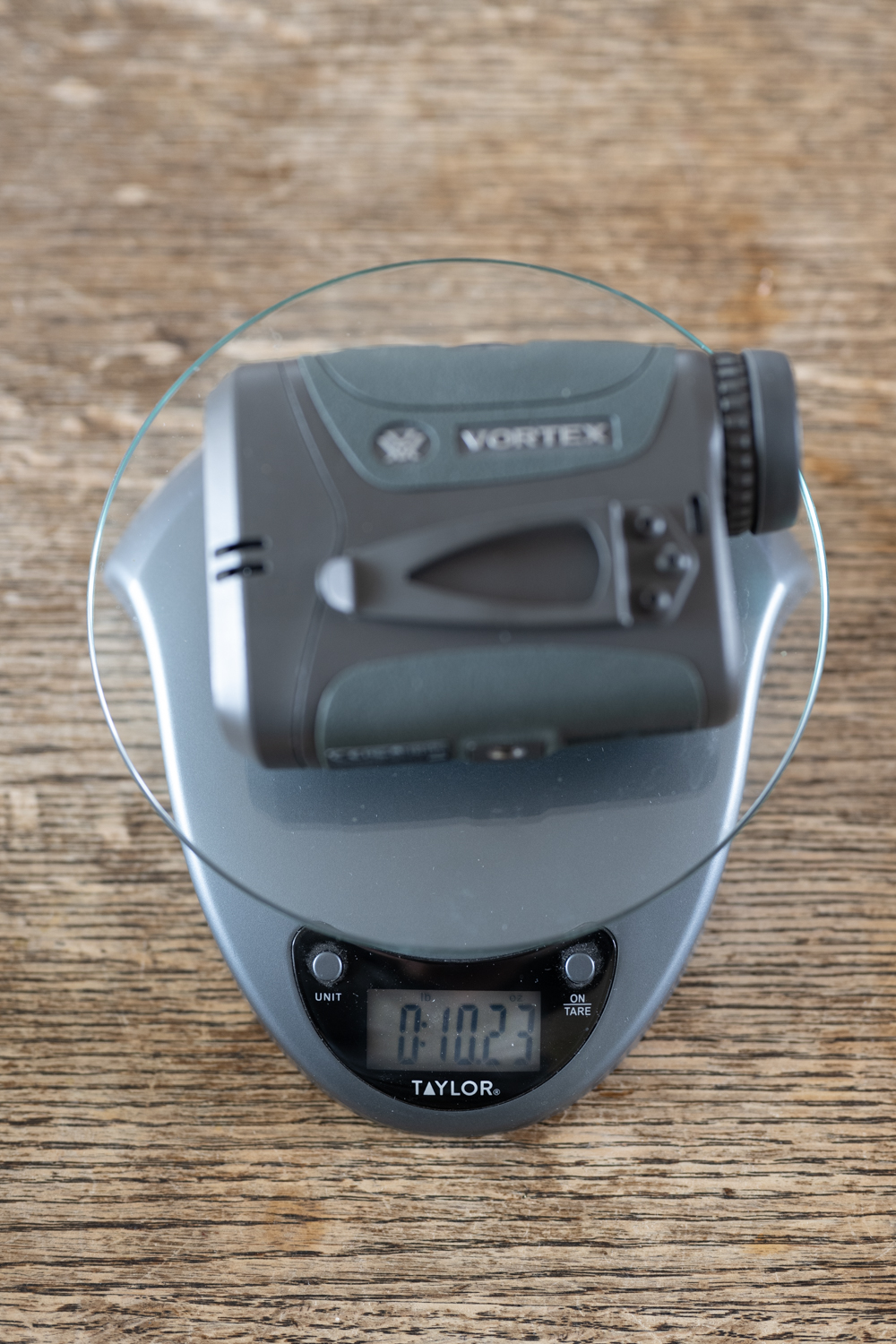

The eyepiece has four positions for eye relief, although the middle two can shift easier than I would like. The diopter primarily focuses the display screen, but I also got an excellent sharp optical image when the display was sharp.
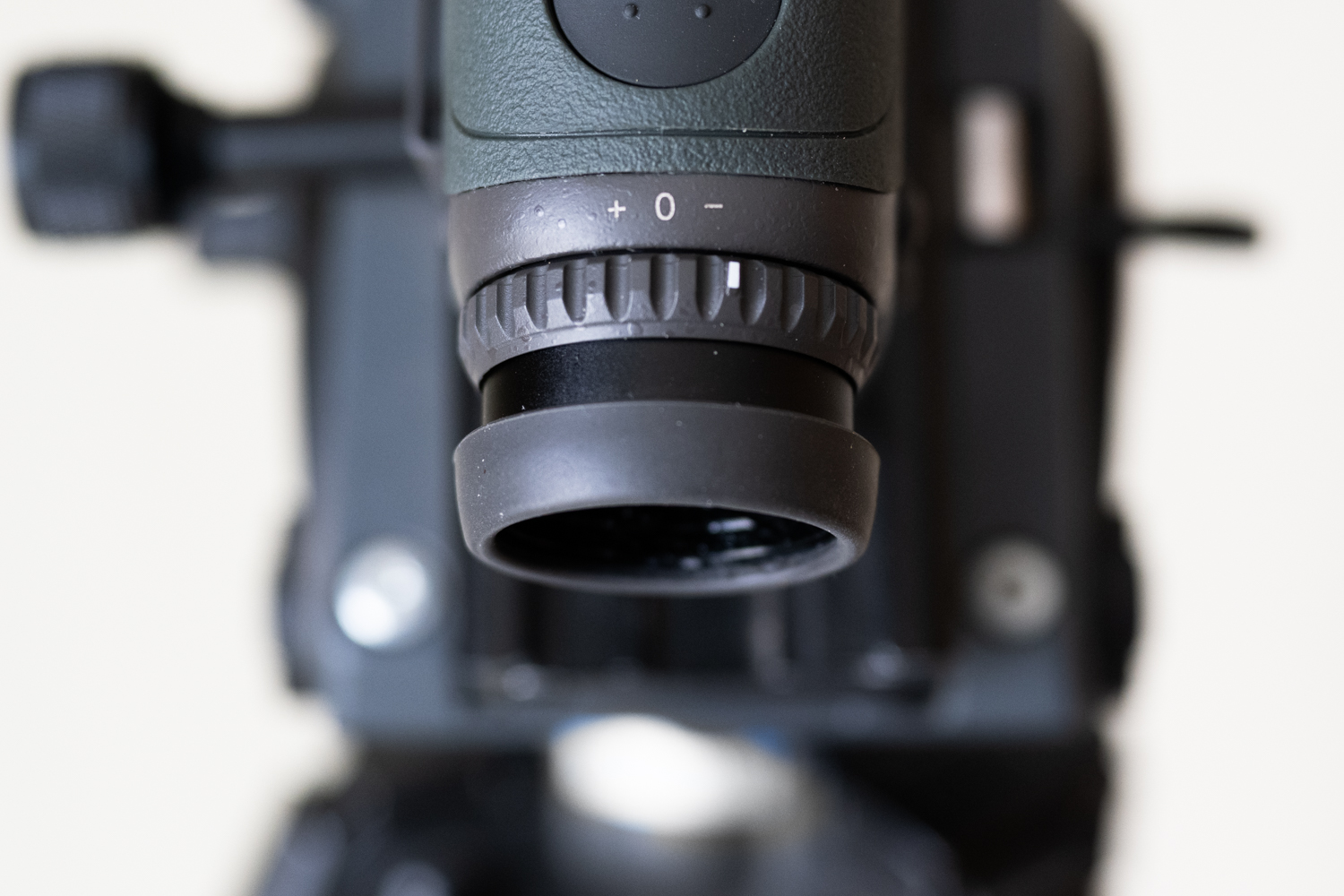
Optical Performance
The optical performance of the Razor HD 4000 GB is very good but suffers from some of the usual issues with electro-optics. The inclusion of a display often correlates to some color effects with rangefinders. While the overall optical performance of the 4000 GB is much better than many lower-end options, it still has this rangefinder color effect.
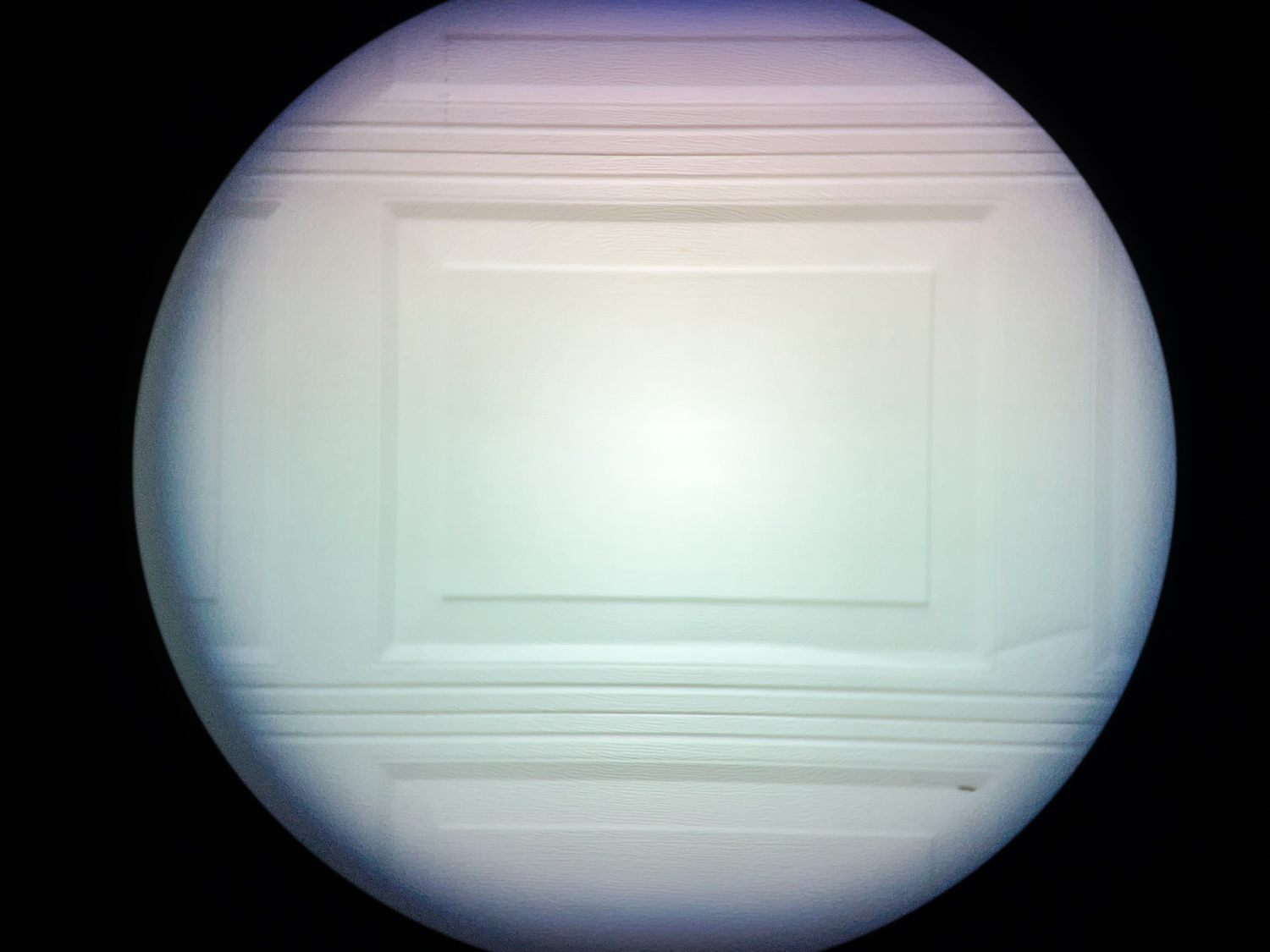
Specifically, the upper half of the view tends to have a magenta color cast, while the lower half tends to have a cyan cast. In the 4000 GB, it isn’t particularly bad, and there is a lot of good news:
- Excellent resolution.
- Mild pincushion distortion.
- Good contrast (other than color cast).
- Low levels of fringing from chromatic aberration for a rangefinder.
Overall, the optics of the 4000 GB are better than most rangefinders, and certainly good enough to identify and range targets and animals out to the considerable limits of the 4000 GB’s ranging capabilities. Serious glassing will be left to the hunter’s binocular.
The Rangefinder and Ballistic Computer
There are two main ranging modes:
Horizontal Component Distance (HCD) Mode gives the horizontal distance to the target, accounting for the angle. Archers often prefer this mode, because it will put them on the right pin in steep terrain.
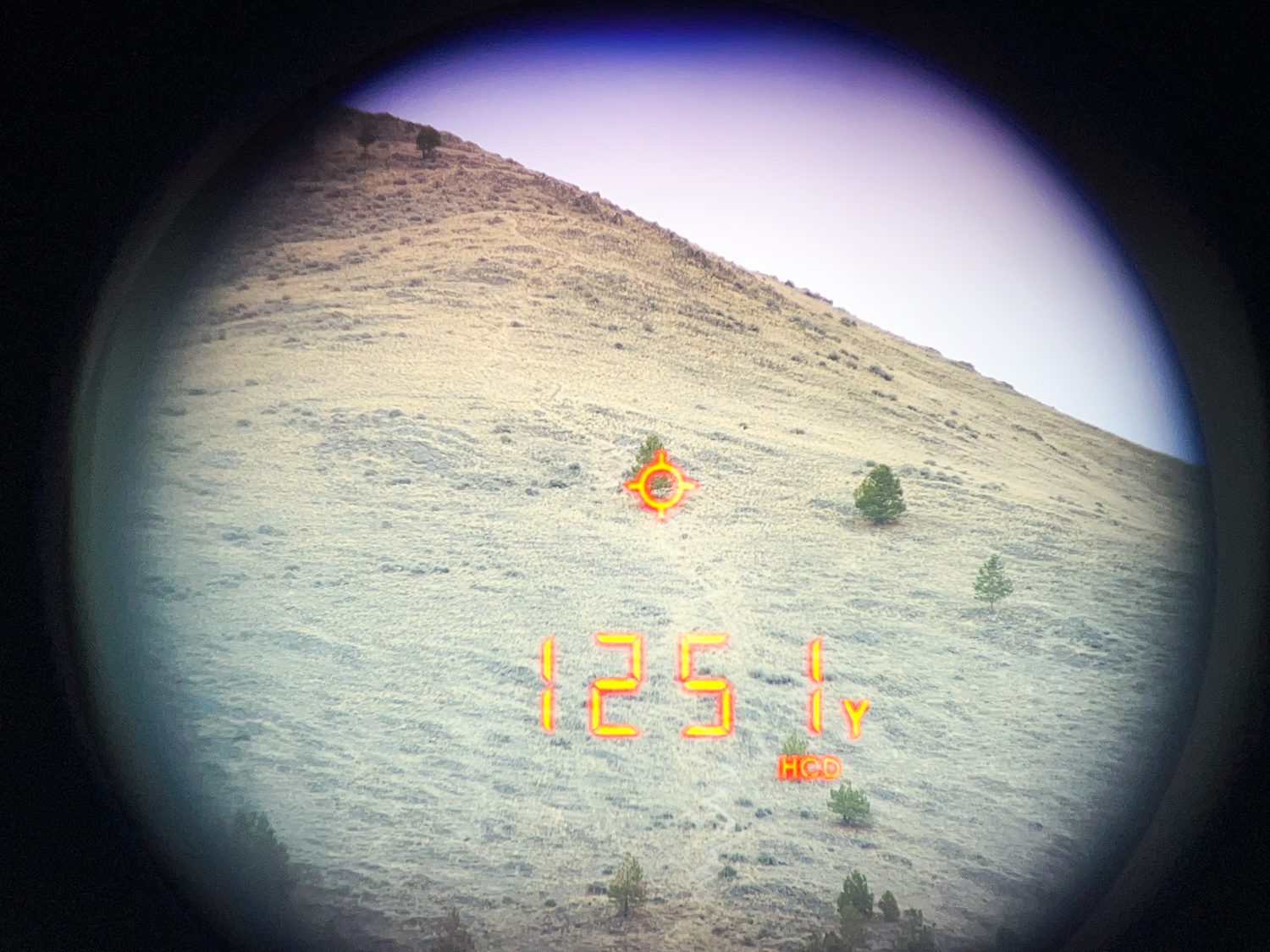
Ballistic (BAL) Mode the display will provide the angle and range, and then the elevation and wind solution on the next, 2 second alternating screen.


The Razor HD 4000 GB has four target modes
- Normal Mode displays the strongest (best) measurement.
- First Mode displays the closest measurement.
- Last Mode displays the furthest measurement.
- Extended Laser Range (ELR) Mode is intended for tripod-mounted use, and gives very long ranges even with non-reflective targets, although it can take several seconds to get the reading.
The measurement button is in front of the eyecup, while the mode button is out front by the objective. Ranges almost instantaneously. Thankfully there is no need to change a setting to scan. Simply hold the Measure button down. The red display is adjustable for brightness. And it’s clean and sharp, with the focus adjusted properly.
The range-finding performance was impressive. Vortex says the Razor 4000 GB rangefinder will return ranges from 5 to 4000 yards, although they add 2200 yards is a reasonable expectation for non-reflective targets like trees.
Freehand, I could frequently get ranges on trees past 1800 yards. When tripod-mounted in Normal Mode, I could get past the 2200 yards Vortex says users can expect. When tripod-mounted in ELR Mode, I got ranges on trees in excess of 3300 yards!
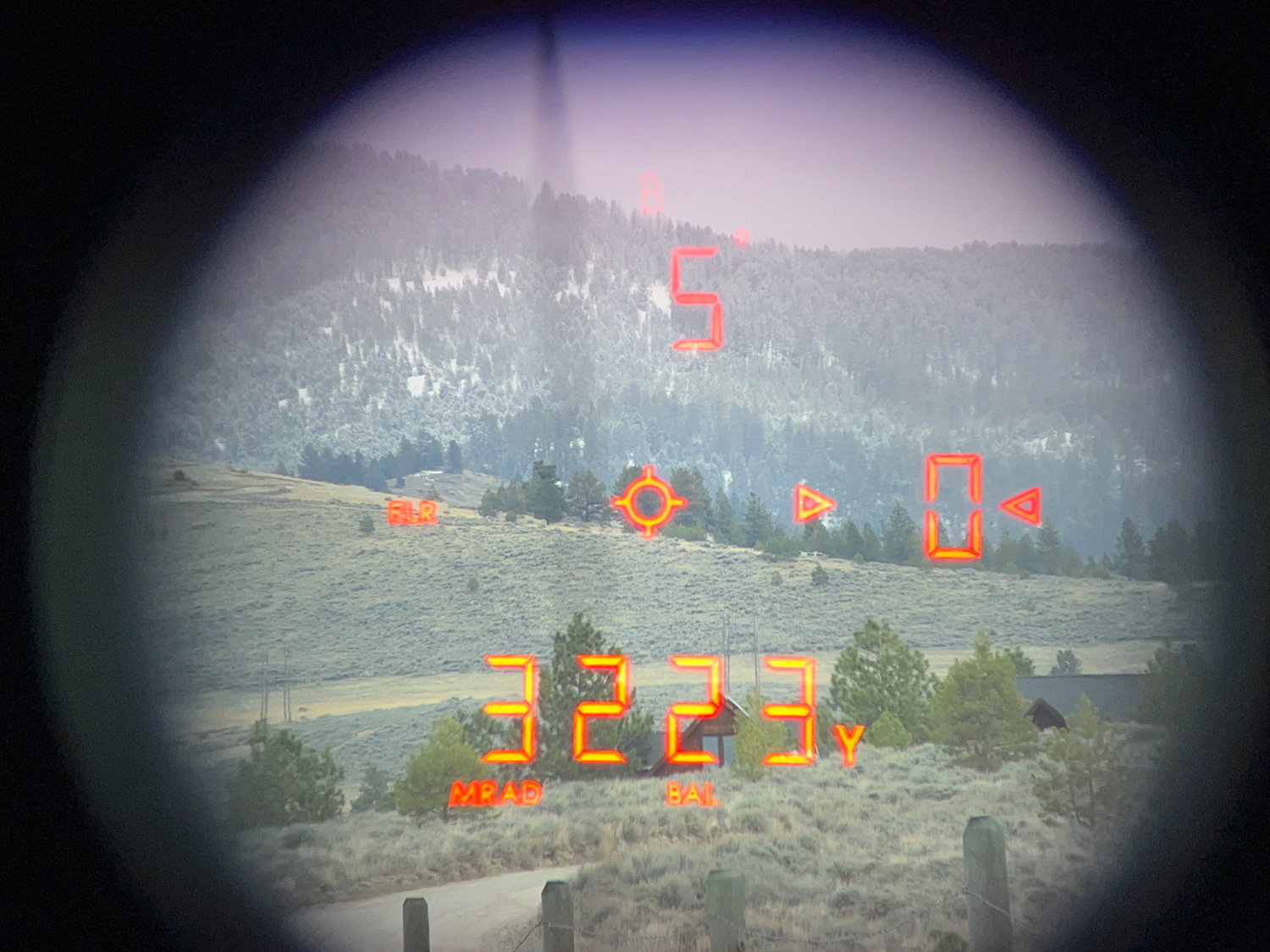
The Razor HD 4000 GB is suitable for bowhunting with a close-ranging ability of 5 yards and the HCD mode selected. However, a lot of rangefinders will work for those uses. Hunters looking to get the most out of the Razor HD 4000 GB will be using the extensive ballistic solving abilities of the instrument.
Geoballistics App
The Geoballistics App is available free for Apple and Android phones. Connecting to a Razor HD 4000 GB will automatically unlock access to the “Pro” version of the App for no additional charge. I found the connection to be quick and reliable. Simply select your 4000 GB from the Bluetooth menu in the Geoballistics App. When I connected for the first time, the Geoballistics App notified me the rangefinder was due for a firmware upgrade. I was able to update the firmware through the app with one touch. The upgrade went through without a hitch, although it took several minutes.
The user can save many rifle profiles in the app and sync any three to the device at a time.

Geoballistics App has a good library of bullets with the ballistic coefficients listed in the appropriate BC value that matches that bullet. Some bullets in the library even have (multi BC) values that provide BC tuned to velocity ranges for that bullet. The user can still edit any of the data fields though if they have more specific data for their load.
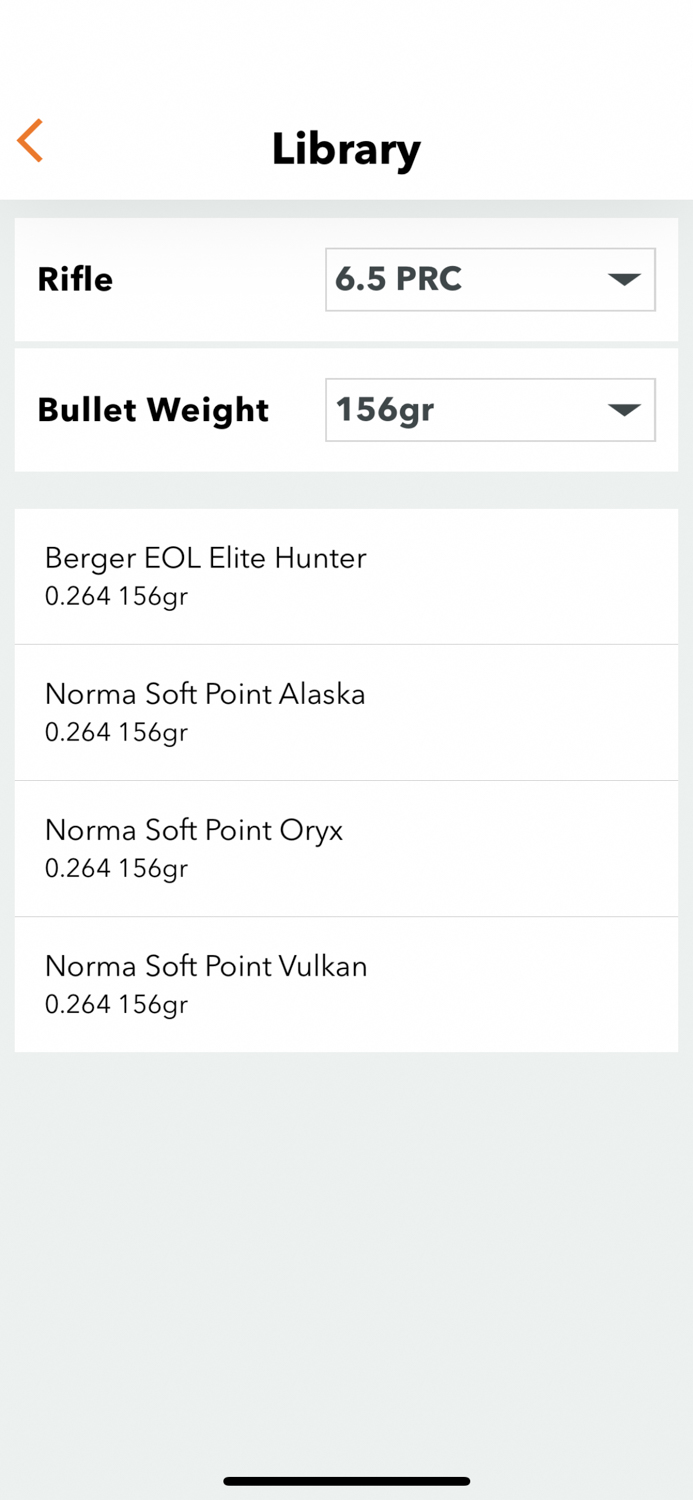
To test the ballistic solver, I compared results between my trued data in both my Zeiss RF and Kestrel. The three devices would consistently give MIL corrections within 0.2 Mils of each other.
Bluetooth Connectivity
I loved how easy and reliable the Bluetooth connection was between the 4000 GB and Geoballistics App on my iPhone. As long as Bluetooth is on in both the 4000 GB and the App, they automatically connect when both are on. The shooting solution is displayed on the 4000 GB display and the App when connected. You can even remotely trigger the 4000 GB from the App when connected.
Pin Dropping
Using the Map tab in the Geoballistics App, you can put a pin in your current location, range a target, and mark that target as a pin on the Geoballistics Map. This is by far the best implementation of this feature I have used. It would work well for finding game, making drop charts, or recording competition targets. It DOES work without cell service, but you won’t have a detailed map until getting service. I tested this feature. With a recent compass calibration, I was able to get pins within 50-100 yards of the ranged target out to 1000 yards. When using this feature, I would generally shoot the target several times to get an area to search.
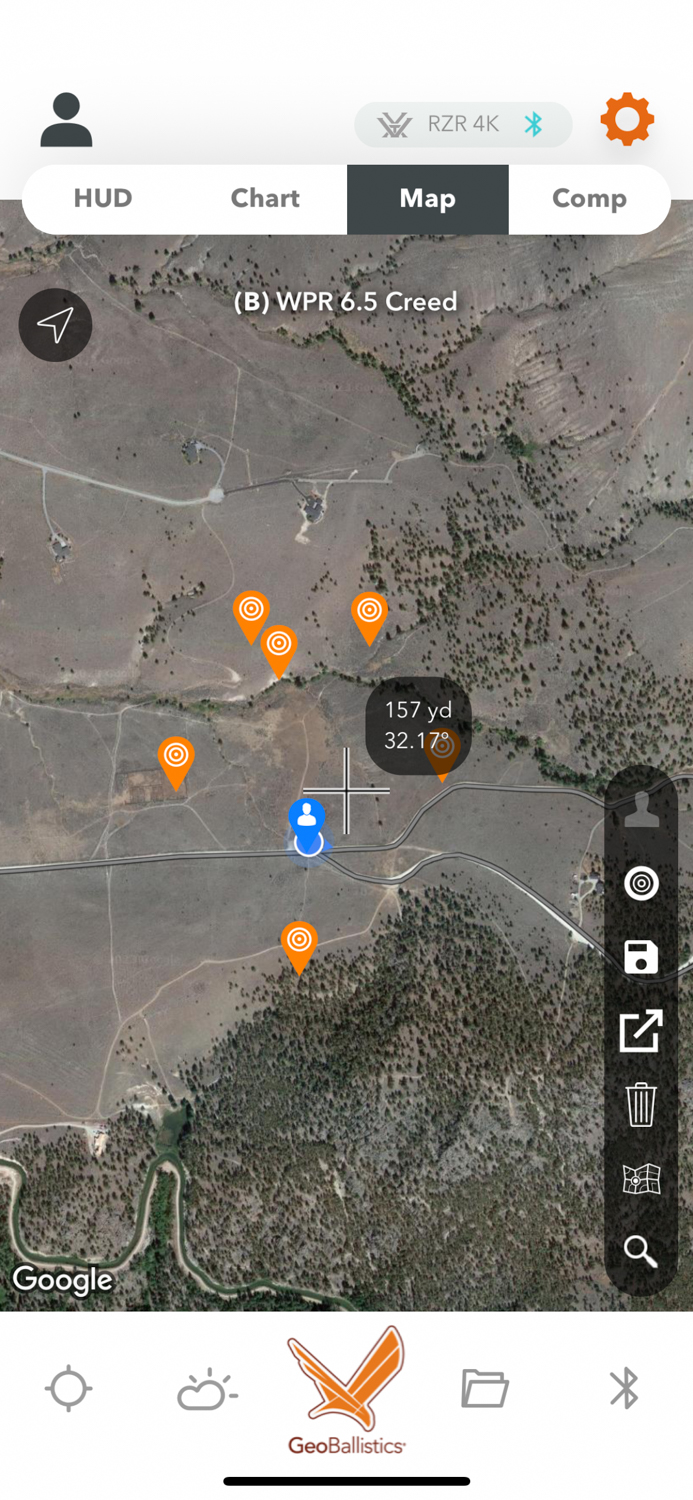
Wind
Unlike most of the competition, Vortex offers useful wind solutions with the 4000 GB. There are two ways to do it in the device, and one with the aid of a Kestrel (see below).
The first in-device method is the use of the quick wind buttons on top of the unit to get wind corrections for a full-value left or right wind in mph. The other method is to use the internal compass to capture the wind direction with the unit. This method will give a precise bearing for calculating a wind hold. The catch is the compass will need to be calibrated frequently to keep this capture system accurate.
Compass Calibration
Calibration is kind of a pain, like other devices that have this compatibility, but the Geoballistics App has a useful assistant to the process in the App. Vortex advises recalibrating whenever you move more than 30 miles.

When calibrated, the bearing capture function worked well, and I got good wind calls as long as my wind speed estimates were close. Generally, though, I preferred just using the buttons for full value and making wind calls based on estimates from there.
Kestrel Compatibility
The 4000 GB will connect via Bluetooth with compatible Kestrel Weather Stations. The connection process was, once again, quick and reliable.

The 4000 GB can be Bluetooth connected to the Kestrel through the Geoballistics App in two ways:
1: For wind data only, you can connect the Kestrel through the “+” button on the Bluetooth screen. In this mode, the 4000 GB provides weather data and uses the Kestrel’s bearing and wind speed data. This works well when using the Kestrel mounted on the Kestrel Rotating Wind Vane.
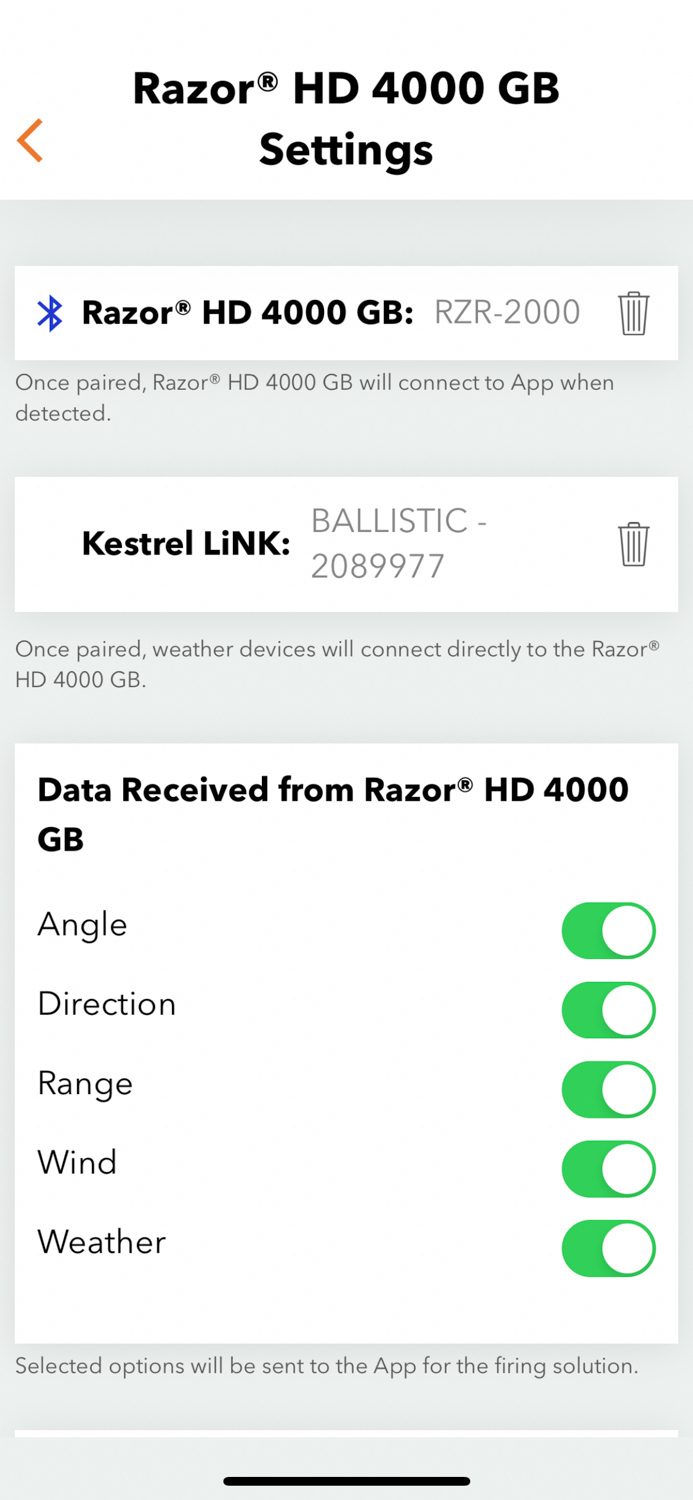
2: To use the precise wind AND weather data from the Kestrel, you can connect the Kestrel directly to the Geoballistics App.
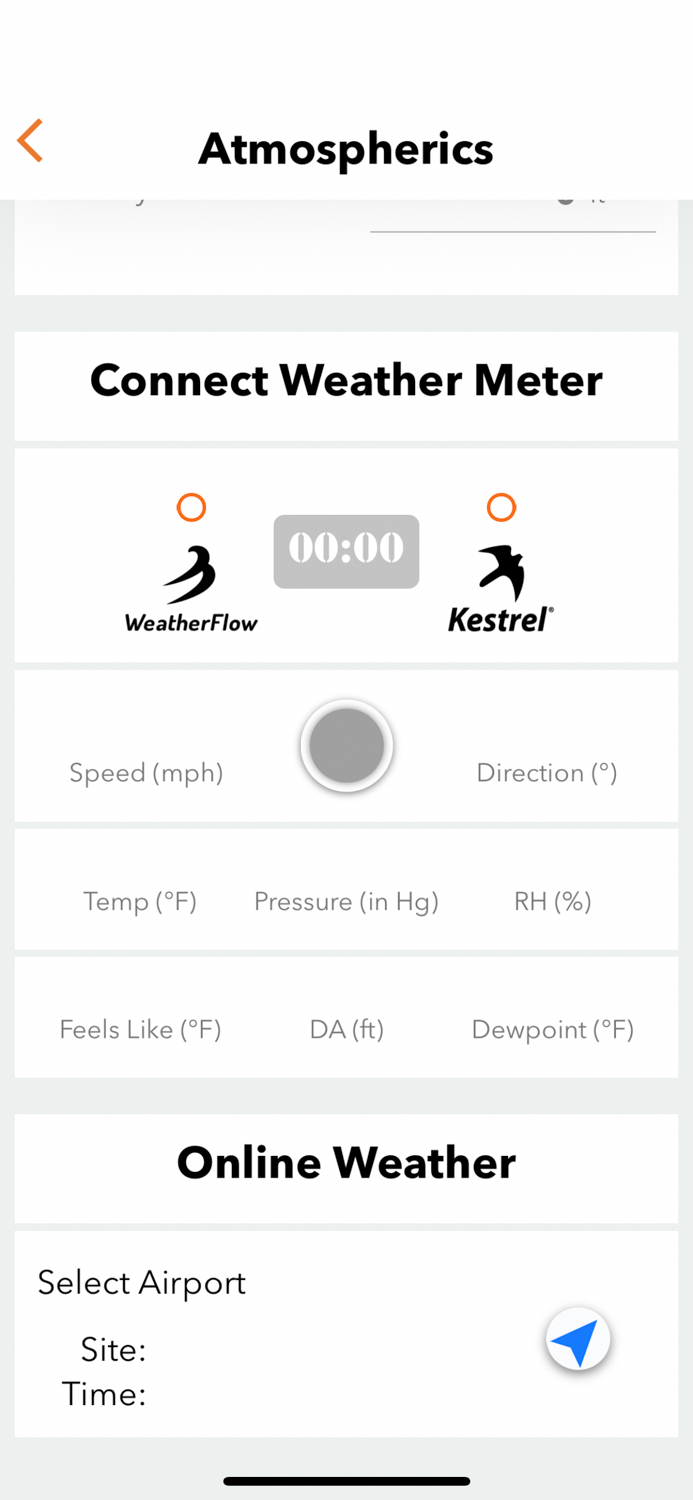
Then after toggling off wind and weather from the 4000 GB menu, you will be using the Kestrel for wind and weather.

Field Use
I used the Kestrel in a variety of environmental conditions, and it did pretty well. Montana’s long, cold winter and spring proved a good testing ground for the 4000 GB. I left the unit outside for a night that got to a measured -22 degrees Fahrenheit.
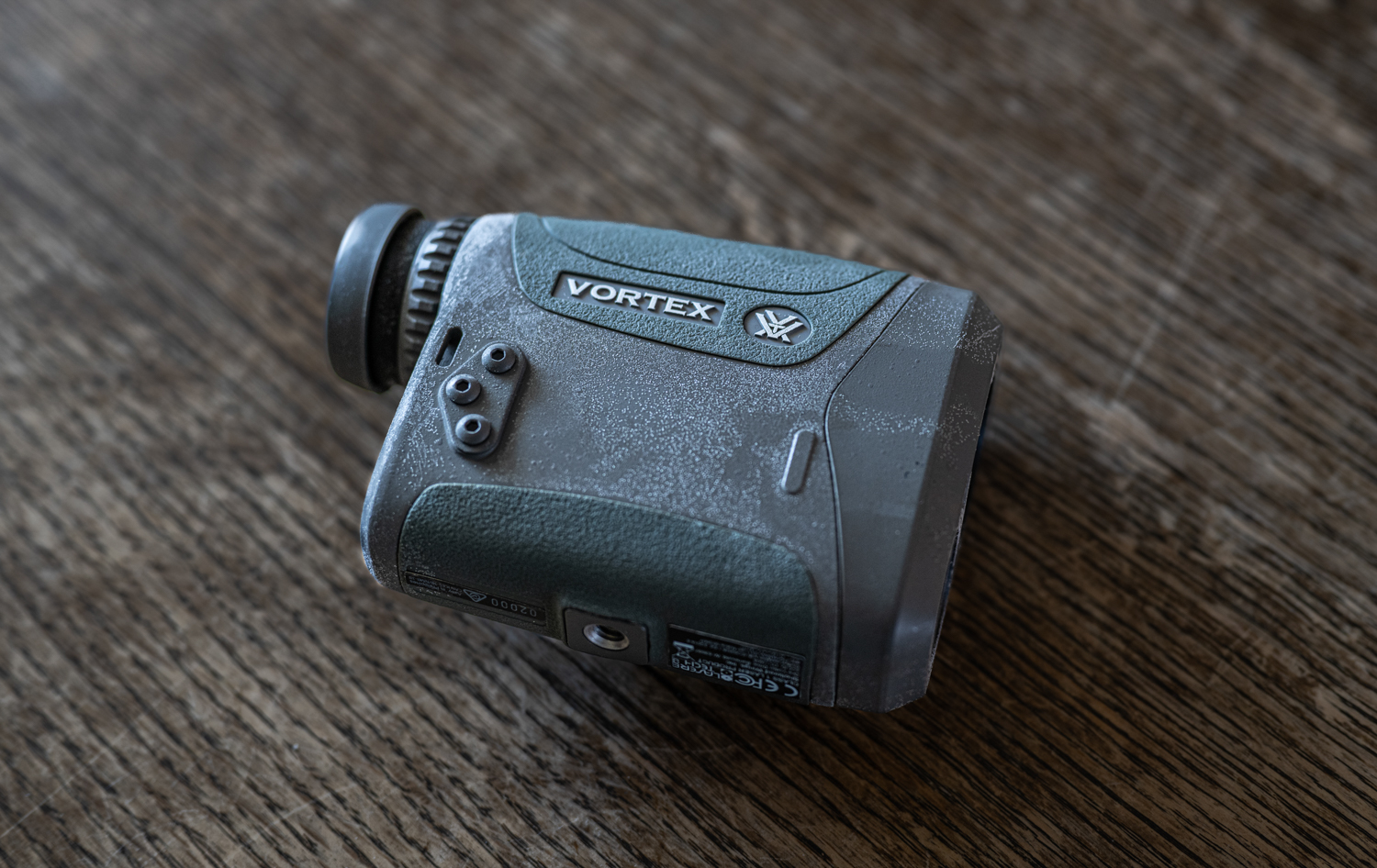
In the morning, I immediately attempted to get some ranges with the frozen unit. The display was faint, but I was only to get short ranges in normal mode. After keeping the unit in my chest pocket for 15 minutes, I was able to get adequate use of the rangefinder. However, it still limited ranging ability to what I would estimate at 80%. After warming up for another 15 minutes, the unit was working fully again.
Bad Weather Performance
I used the rangefinder in a number of weather conditions. The 4000 GB provided reliable and repeatable measurements without issue in clear conditions. In snowy conditions, I was able to get ranges out to where I could have a relatively clean view of the target. In foggy conditions, I did notice reduced performance. I got false readings in thick fog, or it would fail to return a measurement at all, even though I could make out the target in the monocular. These results are similar to many consumer rangefinders, although the Leica 1600B seemed to cut through the fog slightly better.
Accessories
The 4000 GB comes standard with a quality CR2 lithium battery and a premium case. I was pretty surprised at just how nice the included case is. There is a laser-cut belt loop that also is PALS/MOLLE compatible. This is a case I would actually use in the field.

Warranty
Vortex disrupted the hunting optics market with their “VIP” Warranty when they stormed onto the optics scene. All of their products get their no-questions-asked repair or replacement warranty from the most basic entry-level monocular to the highest-end spotting scope. When it comes to electro-optics, I see this as a huge win for the hunter. While analog optics are extremely durable as a whole, I have had electro-optics from even the most prestigious European brands go down. Notably, due to this higher failure rate, most optics brands don’t warranty the electronics. Not Vortex, even this complicated piece of tech gets the full Vortex VIP Warranty treatment.
This is impressive post-sale support to the hunter for a complicated electro-optic like the 4000 GB.
Conclusion
Vortex threw a lot of technology at the Razor HD 4000 GB … and they got a lot of things right. The optics are a step up from lower-level Vortex rangefinders, if not up to the level of the European competition. The fit and finish are excellent. The display is bright, clear, and easy to read. The rangefinder provides reliable measurements in a wide variety of conditions. The Geoballistics App is excellent. It is easy to use, reliably connects to devices, and gives solutions consistent with the competition. Providing wind call information is a big plus for the 4000 GB. The MSRP of $1199 is more than fair for the features provided.
The question of durability and longevity remains, as this is a new product. Click here to order.
Comment or ask Matt questions here.
Don’t forget to check out our other optics reviews.















